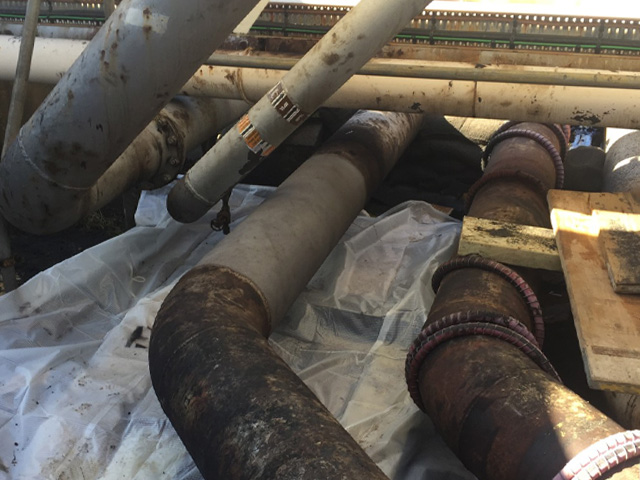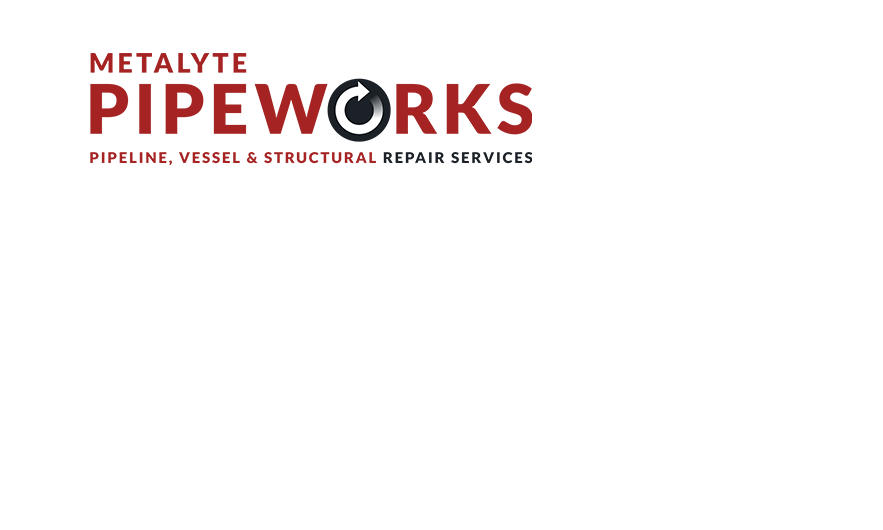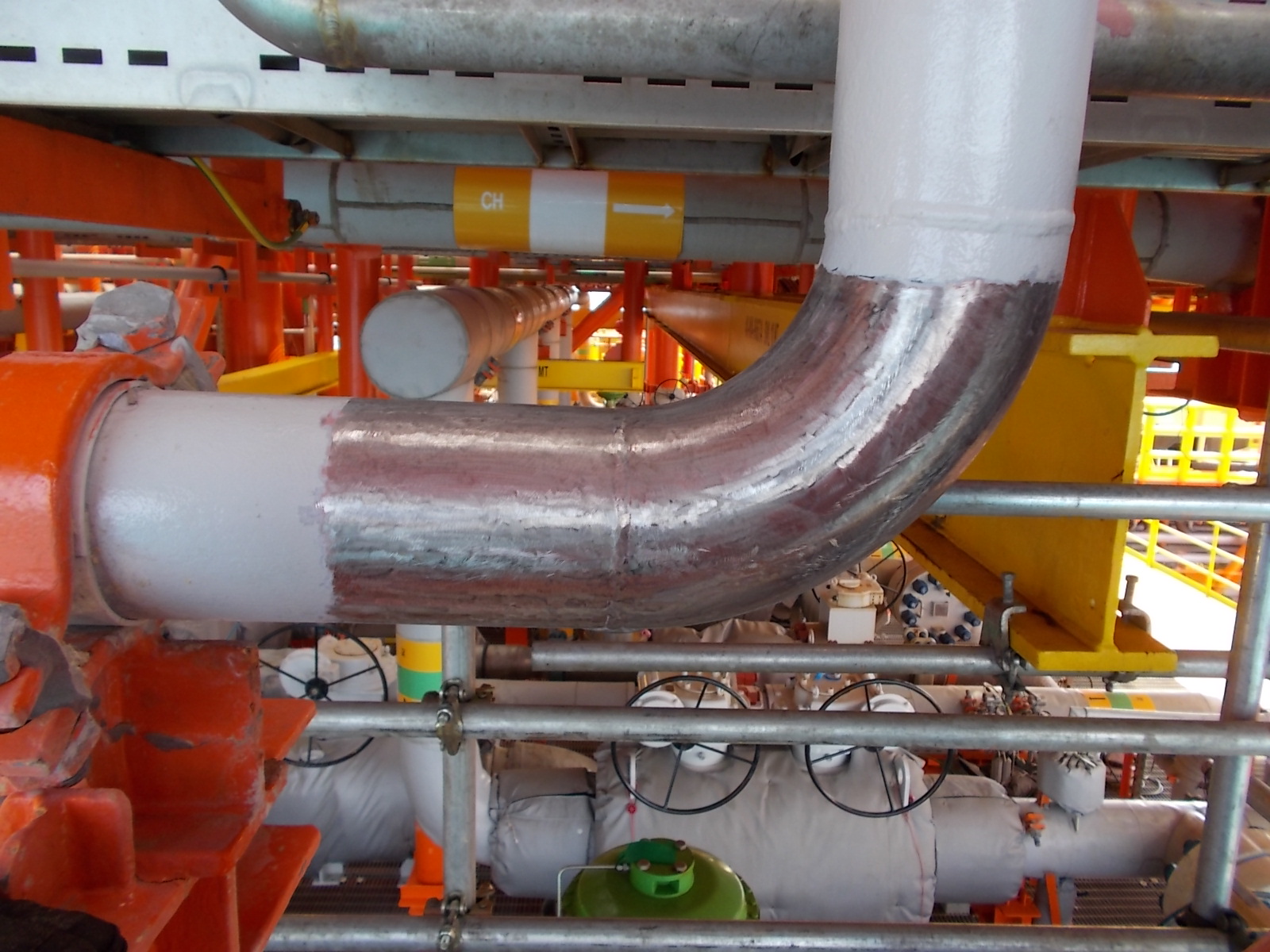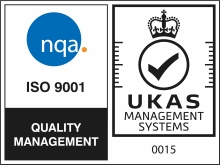The 14″ line had suffered from severe fretting where the pipe was being supported. The client required an engineered, long term design life composite repair with extra work at the 6 o clock position for the support to be reinstated.
14” High / Low Pour Blend Stock Line









